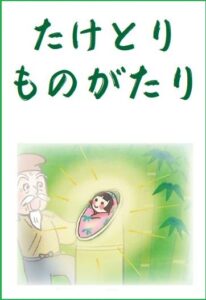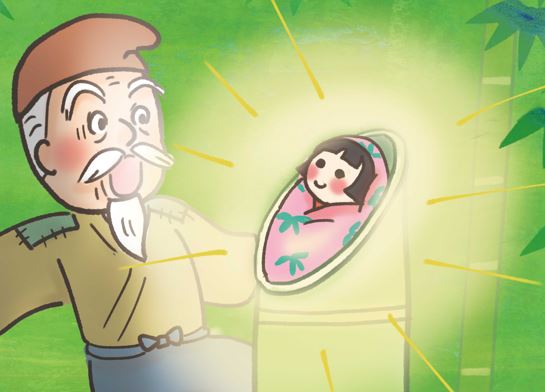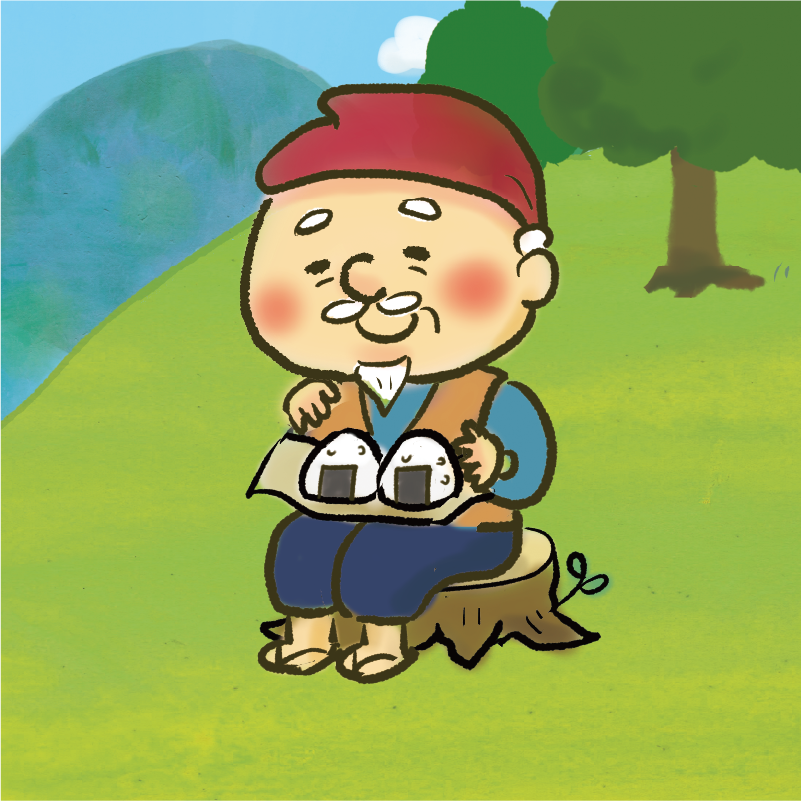
日本のあき- FLIPBOOK AND ACTIVITY
Click the cover page image below to enjoy reading!
For the Teacher
Students will learn about 日本のあき (Japanese autumn) while reading the digital flipbook. The flipbook is created using Japanese scripts with supporting pictures to help students understand the story.
Please click on the cover page or use the link below to open the flipbook.
Nihongo flipbooks → https://classroomresources.sydney.jpf.go.jp/resources/nihongo-flipbooks/
ABOUT 日本のあき
In Japan, あき is usually from September to November. After the hot summer, the weather becomes cooler and more comfortable. Because of this, it’s often called a great season for many activities — for example, “スポーツの秋” (autumn for sports), “読書の秋” (autumn for reading), or “芸術の秋” (autumn for art).
It’s also the time when many crops are harvested, so people often say “実りの秋” (season of harvest) or “食欲の秋” (season of good appetite).
あき is also a season to enjoy nature. People go “もみじがり” (autumn leaf viewing) to see the colourful red and yellow leaves in the mountains and forests. On quiet nights, the gentle chirping of crickets and bell crickets makes many people feel that autumn is settling in. When people see bare branches or fallen leaves, some also feel a sense of wabi-sabi―an aesthetic concept of perceiving beauty in imperfection or transience.
(Reference: Discover Autumn in Japan ![]() )
)
As students read the flipbook, they can think about what kind of season autumn is in Japan.
Pre-reading Activities
Teachers may ask students some questions to activate prior knowledge (schema) and spark their interest in reading the story about あき. See examples below.
e.g.
Q1. Does your country have あき? What months? Do you like あき?
Q2. What do you usually do in あき?
Q3. (For students from countries/regions without autumn) What do you imagine あき is like?
COMPREHENSION QUIZ (○×)
Use questions like these to check students’ understanding.
Are these statements “True (○)” or “False (×)”?
Q1. あき in Japan is cool. (○)
Q2. People don’t go outside much, because the weather isn’t nice in あき. (× People go hiking, play sports, etc.)
Q3. You can enjoy lots of tasty food in あき in Japan. (○)
After that, have a discussion using topics like the following:
・In your country, do people do similar activities in あき as in Japan?
・If you were to describe your own “あき”, what kind of あき would it be?
e.g. 「えいがのあき」「いそがしいあき」
POST-READING ACTIVITIES
Activity 1: Interview classmates about their あき
Students ask their classmates:
あきになにをしますか。
あきにどこにいきますか。
あきになにをたべますか。
Activity 2: Make students’ own bookmark 
As the weather cools down in autumn, trees start to change colour, and leaves begin to fall. What kind of leaves can you find around your school or home? Try making a bookmark using fallen leaves.
If there aren’t any fallen leaves nearby, students can draw and colour pictures of momiji (Japanese maple) to make a bookmark.
What you’ll need: thick paper, tape, scissors, a hole punch, ribbon, etc.
Steps:
1) Collect a fallen leaf from around your school or home. If possible, dry it for 1-2 days.
2) Stick the leaf onto the paper using tape (wide tape works best).
3) Punch a hole at the top of the paper.
4) Thread a ribbon or string through the hole, write your name, and your original bookmark is ready!
Activity 3: Research autumn foods
In Japan, あき is a great season for delicious fruits and vegetables. What foods are in season during あき in Australia? Students can do some research and share their findings with the class.
Example:
イチジク(fig)は秋のくだものです。一年中食べられます。でも、秋がいちばんおいしいです。南オーストラリアでたくさん作っています。
Related Resources
Resource created by Shoko Adachi (September 2025).


-150x150.jpg)



